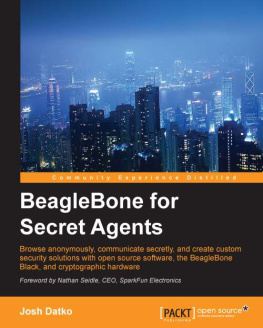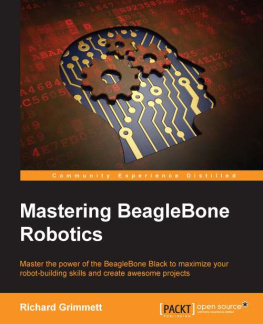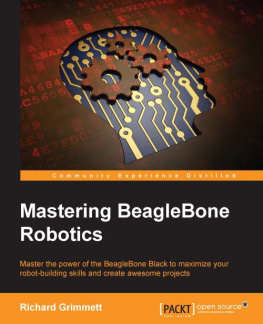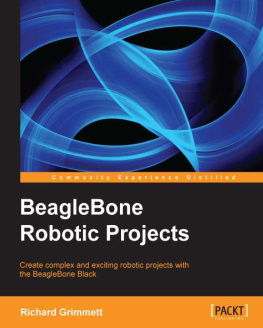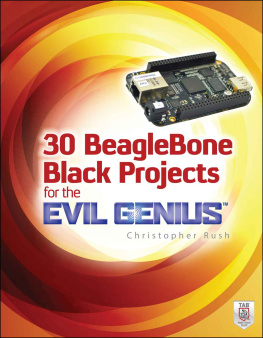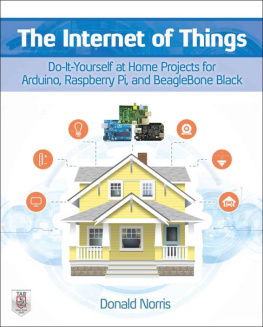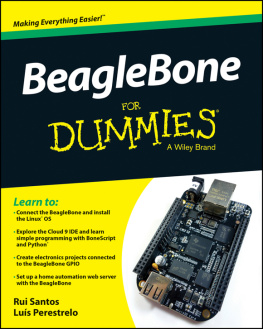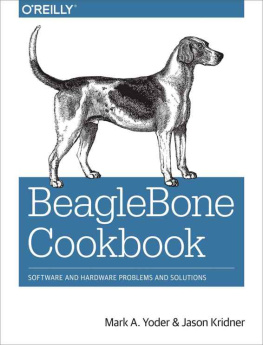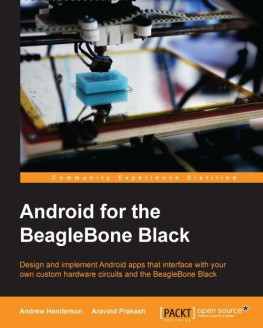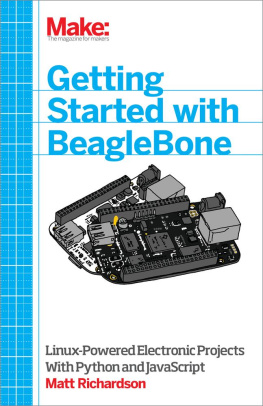Dr. Philip Polstra
Foreword
The number of things on the Internet of Things is growing at an unfathomable rate. A thermostat, weather station, desk lamp, and car charger are devices designed to be as unobtrusive as possible. At the same time, we demand that they be knowledgeable about our daily lives and quickly respond to our daily wants and needs. As technology becomes more powerful and more pervasive, we don't spend much time thinking about security. It's a common misconception: security is for my passwords and my browser, so why does my electric meter need it? It is this type of gap in consideration that can undermine the usability of the things we use every day.
I recently built an interactive exhibit at a museum. In order to monitor the use and to know when maintenance was needed, I had the exhibit report of various interaction events to the Internet, where I could see and monitor it. Security is for my bank account; I didn't need to encrypt these messages! I simply needed to get my data from point A to point B, so I used a clear-text method for posting to a database. Who cares if a man-in-the-middle attack is possible? Who cares if someone does a replay attack and posts the same data twice to my database? If other people saw the data being passed back and forth, I figured I was doing something pretty cool because people generally don't care about event flags. This changed when I had a discussion with someone who had a reason to believe that the global temperature data was being modified for various political and financial reasons. It suddenly struck me that if we're going to make unbiased scientific decisions on (pick your societal ill), then we need data that we can rely on. Cryptography is not always about secrets; it's also about ensuring that you are having the conversation you want to have with the person you want to talk to.
We are riding on a wave of great creativity and exploration within physical computing that will increase the quality of our relationship with technology and our quality of life. Most people don't think of these devices as needing cryptography, but when left without thought, the Internet of Things can wreak more havoc than identity theft or wire fraud. This is not about spying, hackers, or rogue governments. If we can push technology towards a more secure means of communication, we ensure the freedom that modern society takes for granted. We should be laying the groundwork today for the future generation of hackers, makers, tinkerers, and innovators to create amazing things for surebut we should be building this groundwork with security in mind.
Over the past few months, I have begun to learn about hashes, HMACs, and nonces. Cryptography is no longer restricted to the realm of applied math PhDs or government-funded researchers. It has been made approachable and stronger by a loose net of enthusiasts that take it upon themselves to be the quiet but persistent force of change. I encourage you to become an educated participant in the modern world of technology. Cryptography should not be simply seen as something to strengthen a project. Rather, we must reinforce a trend of secure communication so that future projects and technologies use proper encryption and cryptography without thinking about it.
Josh came to SparkFun as part of our Hacker-in-Residence program. We worked with him to build his visiona module that would help fellow hackers secure their projects. I hope that you will find this book, which contains projects that combine electronics, software, and security, of interest. It will make you appreciate the challenge and necessity of securing our Internet of Things.
Nathan Seidle
CEO, SparkFun Electronics
About the Author
Josh Datko is the founder of Cryptotronix, LLC, an open source hardware company that specializes in embedded, cryptographic electronics. He graduated with distinction from the US Naval Academy with a Bachelor's of Science in Computer Science and then served 10 years in the Navy, both actively and as a reserve submarine officer. He has been deployed to locations worldwide including Afghanistan in support of Operation Enduring Freedom. In 2014, Josh presented at both the HOPE and DEF CON conferences. He completed his Master's of Science in Computer Science, with a focus on security and networking, from Drexel University.
I'd like to thank F. and A. for their love and support.
About the Reviewers
Raymond Boswel is an electronic engineer from South Africa. He works as a systems engineer for a telecommunications company. Although the powers that be don't condone playing around with single-board computers during office hours, he enjoys fiddling with them during his free time. So far, he's used his Beagle for convolutional, frequency-response modeling to spice up his guitar amplifier, automation, and time-lapse photography. Having read this book, he might just turn his attention to espionage. Enjoy!
Dr. Philip Polstra (known as Dr. Phil to his friends) is an internationally recognized hardware hacker. His work has been presented at numerous conferences around the globe, including repeat performances at DEFCON, Black Hat, 44CON, Maker Faire, and other top conferences. He is a well-known expert on USB Forensics and has published several articles on this topic.
Recently, Dr. Polstra has developed a penetration testing Linux distribution, known as The Deck, for the BeagleBone and BeagleBoard family of small computer boards. He has also developed a new way of doing penetration testing with multiple low-power devices, including an aerial hacking drone. This work is described in his book

